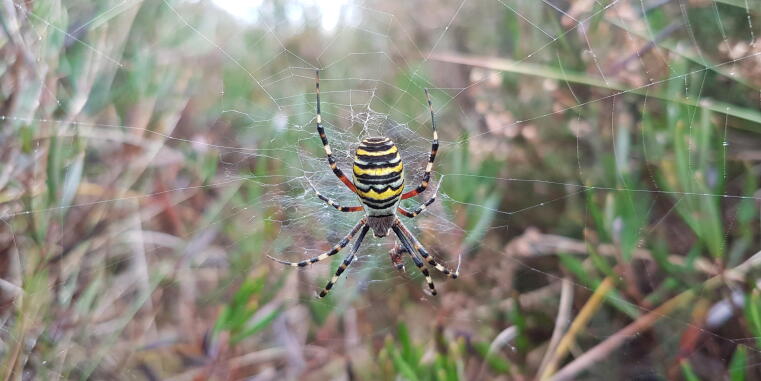
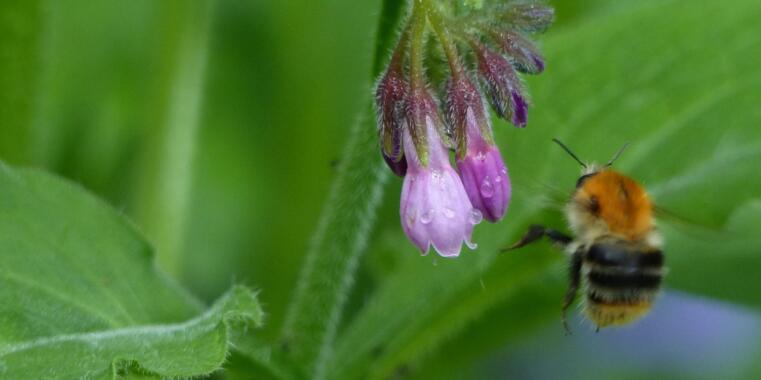
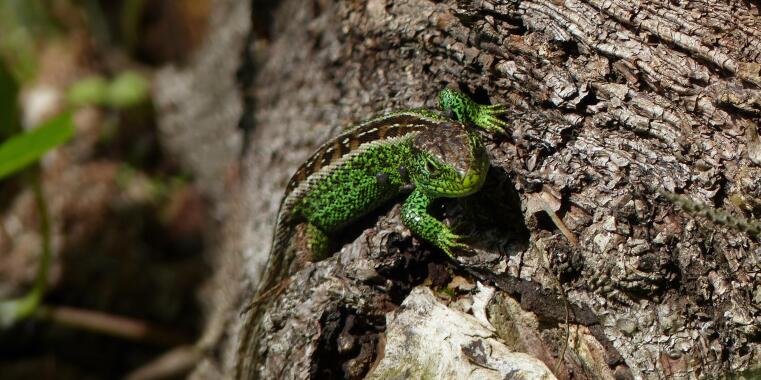
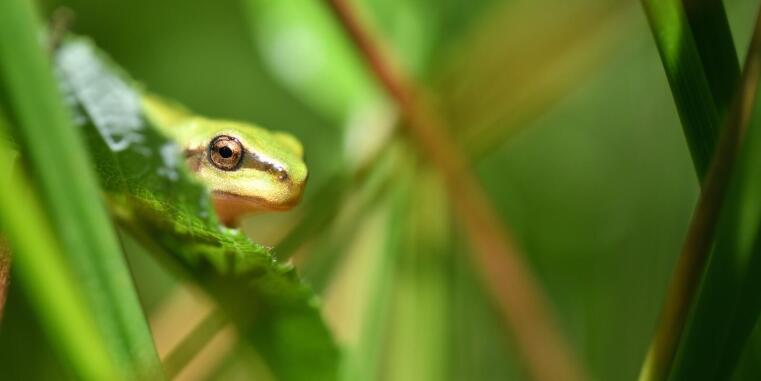
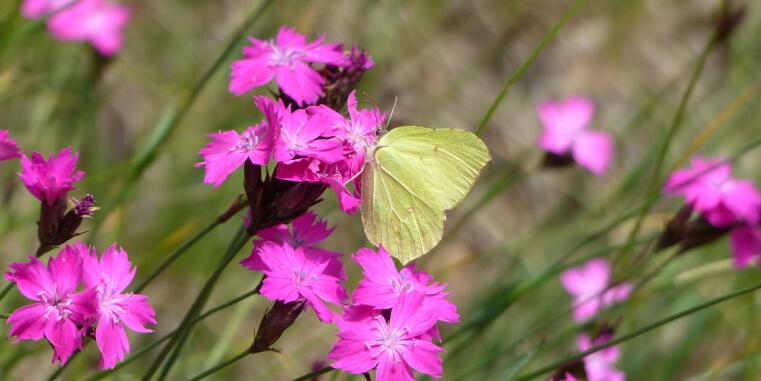





A special focus of our research is to analyse how biodiversity is shifting in the course of global change. We consider potential effects of different impacts, such as land use and climate change, biological invasions, and human activities in general on species and community level. Our research includes both natural and cultural landscapes, such as peatlands, rough grasslands, heaths, floodplains and forests, but also urban habitats are of great interest for our research. By studying a very broad range of different species groups we aim to understand how taxonomic and functional diversity, as well as community composition, transform over time and space. What predictions can be derived from this for the development of biodiversity in the long term? What actions can be taken to protect and conserve biodiversity and how do they take effect? What are the possible consequences of the biodiversity crisis for biotic interactions and the associated ecosystem processes or services? In addition to basic research, it is of great importance for us to provide an empirical basis for evidence-based species conservation.
Approximately 240,000 species of flowering plants have evolved worldwide. Driven by this fascinating biodiversity, we aim to investigate the role of pollinators on the evolution of multiple flower traits by studying animal-flower interactions. Therefore, intra- and interspecific trait variation is analysed at different scales, from local to landscape level. Furthermore, we deal with the causes of the global pollinator decline. For this purpose, an experimental setup exposes pollinators under natural conditions in flight tunnels to various stressors such as air pollution, monophagic diets, microplastics, pesticides or neobiotic species. Thereby, we investigate the effect of these stressors on the physiological fitness (growth, flight performance) as well as on the sexual fitness (reproduction) of pollinators. By testing new methodological approaches, we want to provide different actors (farmers, politicians or conservationists) with results and data that can be used to give recommendations for the protection of pollinators.
Ecological novelty plays a very important part in our research portfolio. Human activities are increasingly creating novel ecosystems, such as cities or open-cast mines and stone heaps. Associated novel stressors (e.g. noise and air pollution, sealing, soil pollutants, heat islands) can affect animal biodiversity. Therefore, the key questions of how important novel ecosystems are for biodiversity conservation and what developments can be observed and expected in these novel habitats are addressed. How do animals react to novel stressors and to anthropogenic impacts in general? How does the future for animals in cities look like and which species can live there, how and why? In this context, adaptations through microevolution, so-called rapid adaptations, play an essential role. For example, we investigate which intra- and interspecific trait variations and differences (biological traits) can be observed between urban and rural populations.
Our research aims not only to provide a scientific understanding of potential consequences of an unmitigated biodiversity crisis, for example for vital ecosystem services such as pollination, biological pest control, and decomposition, but also to lay the foundation for evidence-based conservation and species protection. We conceptualise, implement and evaluate monitoring approaches, for example to assess the insect diversity of different landscapes or regions, of FFH species and their habitats, or ultimately to assess and, if necessary, optimise renaturation projects. In addition, we create the basis for Red Lists and support planning processes, for example in the context of sustainable and biodiversity-preserving landscape and urban planning or corporate biodiversity management. This is also where Citizen Science projects come in, bringing together academic and citizens’ research. This can lead to so-called big datasets for research and - even more important - to a broad consensus that conserving biodiversity and investigating the biodiversity crisis must involve all people and, through the implementation of science-policy interfaces, also political stakeholders.
Systematic data collection by researchers is the basis for making reliable statements about the state of biodiversity. However, these data collections are always limited by the staff, time and financial resources available to research. On the other hand, vast amounts of data are collected every day outside of academic institutions: through international citizen science platforms such as iNaturalist and observation.org, through social media channels such as flickr or other online resources. In the process, these data also often reveal incidentally more information than species, location and date (secondary data). For example, an image of a butterfly taking nectar may reveal the feeding plant, biotic interactions with other pollinators, or even inter- and intraspecific trait variation. We are developing methods for harnessing these 'unsystematic' resources for animal and landscape ecology research and applications. In the face of accelerating global biodiversity loss, we are examining whether integrating data sources will help us learn more about traits and life history of species to better protect them.
Here we focus on the evaluation, optimisation and validation of different methods of biodiversity monitoring. In addition, we are interested in developing new experimental approaches, for example to record biotic interactions. Likewise, the possibilities of automated biodiversity monitoring with the help of AI and remote sensing are in the focus of our research activities.